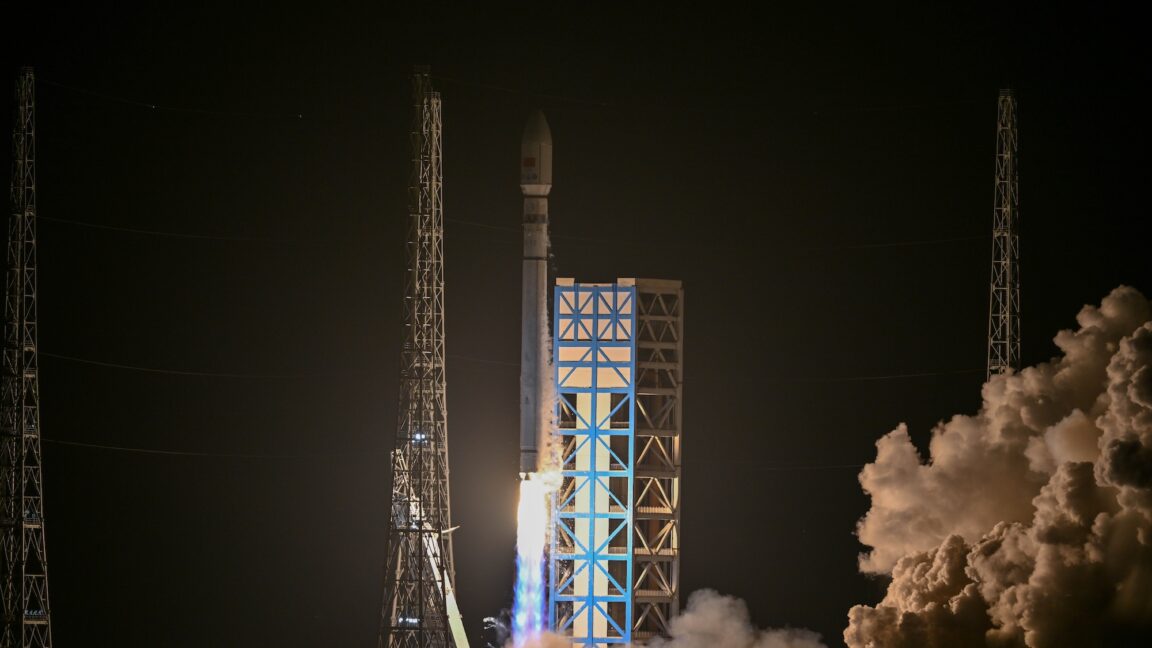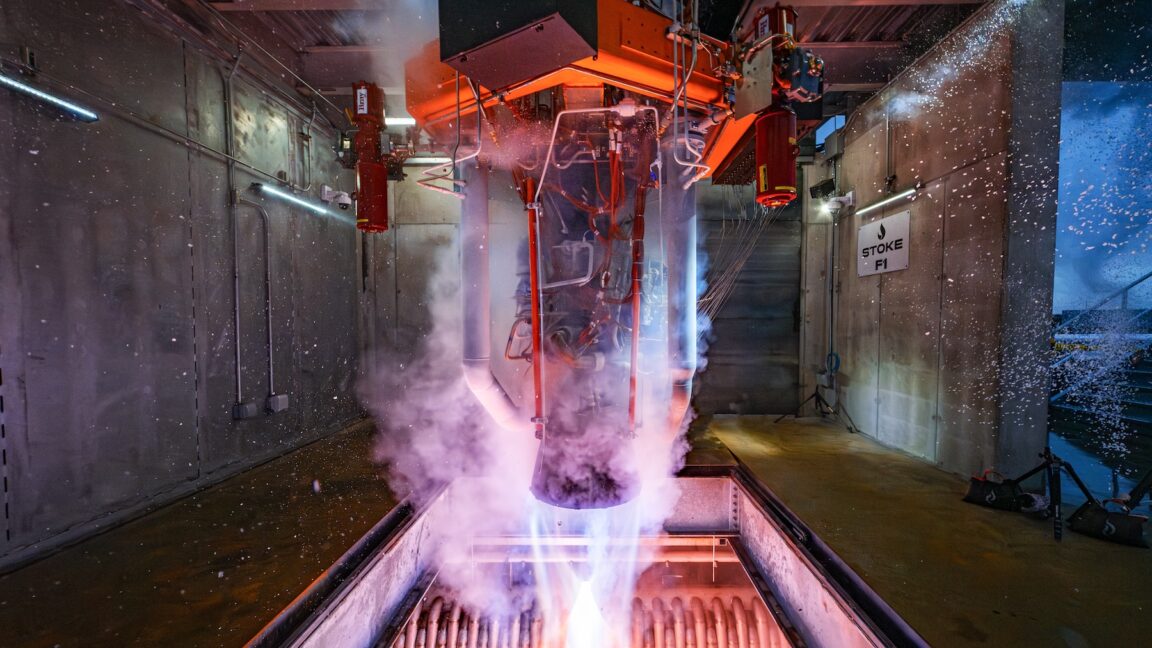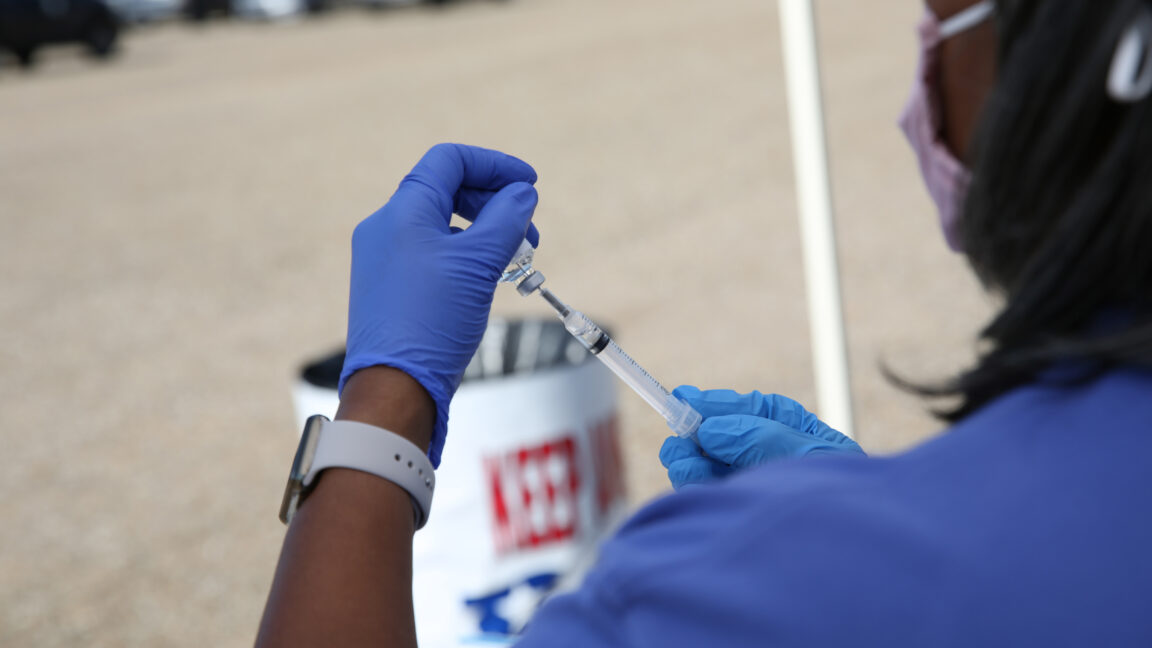Over the weekend, China debuted a new rocket on the nation’s path to the Moon

China's new Long March 12 rocket made a successful inaugural flight Saturday, placing two experimental satellites into orbit and testing uprated, higher-thrust engines that will allow a larger Chinese launcher in development to send astronauts to the Moon. The 203-foot-tall (62-meter) Long March 12 rocket lifted off at 9:25 am EST (14:25 UTC) Saturday from the Wenchang commercial launch site on Hainan Island, China's southernmost province. This was also the first rocket launch from a new commercial spaceport at Wenchang, consisting of two launch sites a short distance from a pair of existing launch pads used by heavier rockets primarily geared for government missions. The two-stage rocket delivered two technology demonstration satellites into a near-circular 50-degree-inclination orbit with an average altitude of nearly 650 miles (about 1,040 kilometers), according to US military tracking data. The Long March 12 is the newest member of China's Long March rocket family, which has been flying since China launched its first satellite into orbit in 1970. The Long March rockets have significantly evolved since then and now include a range of launch vehicles of different sizes and designs. Versions of the Long March 2, 3, and 4 rockets have been flying since the 1970s and 1980s, burning the same toxic mix of hypergolic propellants as China's early ICBMs. More recently, China debuted the Long March 5, 6, 7, and 8 rockets consuming the cleaner combination of kerosene and liquid oxygen propellants. These new rockets provide China with a spectrum of small, medium, and heavy-lift launch capabilities.









